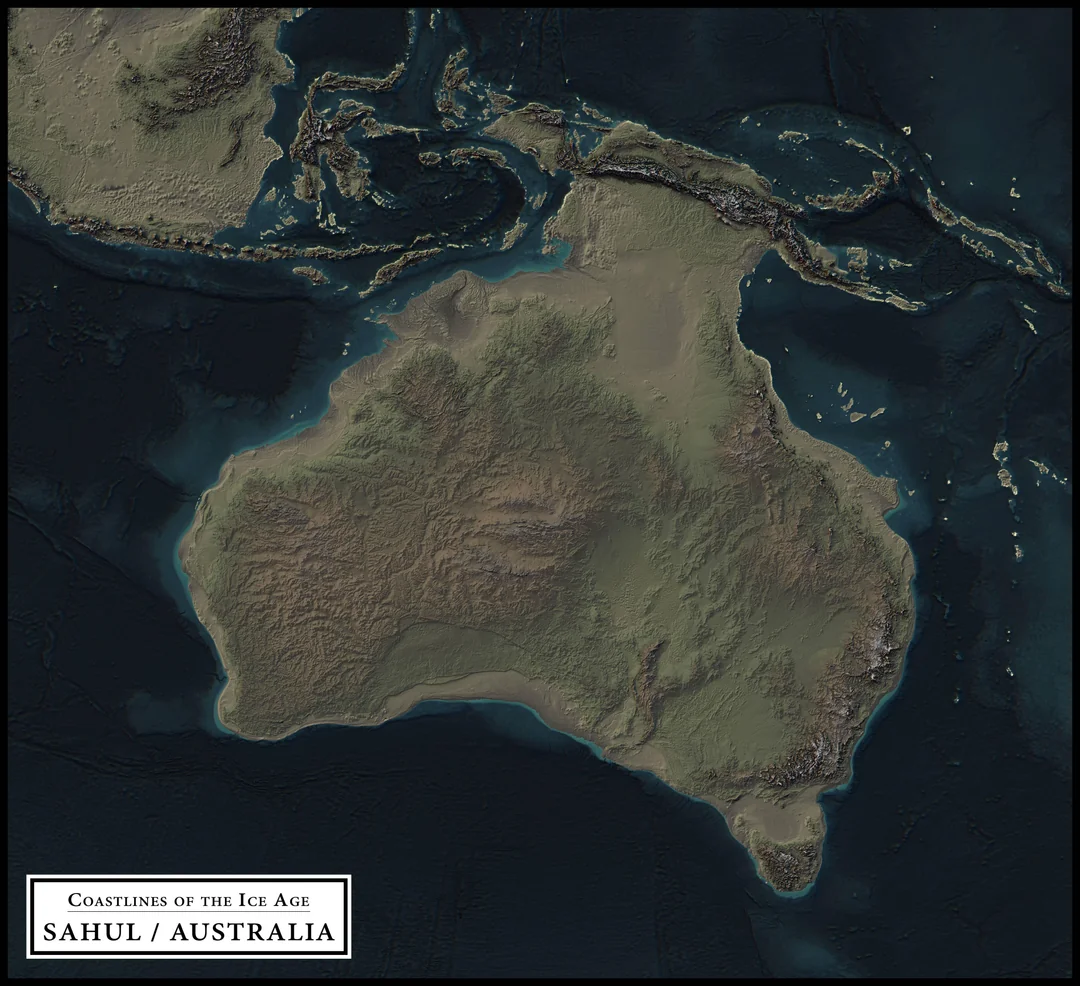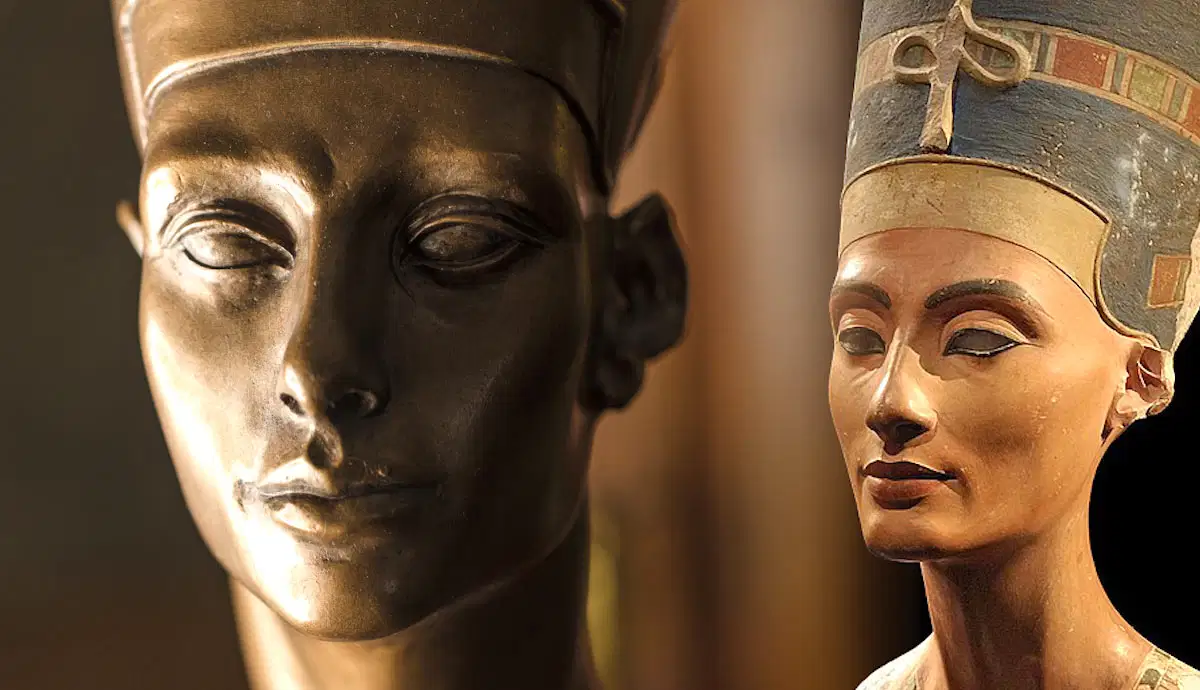solsticeuniversity.com – Insurance, as a concept, has been around for thousands of years, evolving from informal agreements between individuals to a structured industry that touches nearly every aspect of modern life. Today, insurance offers a safety net for people, businesses, and governments around the world, protecting them from financial loss due to unforeseen events. But where did it all begin? The history of insurance is a fascinating journey through human ingenuity, economic growth, and the desire for security in uncertain times.
Early Beginnings: Ancient Forms of Insurance
The concept of risk-sharing dates back to ancient civilizations, where people sought ways to protect themselves against the loss of resources. Some of the earliest records of insurance-like practices come from ancient Mesopotamia, around 3000 BCE, where merchants used a basic form of insurance to mitigate risks associated with trading across dangerous routes. In Babylon, under the Code of Hammurabi (c. 1750 BCE), merchants could take out loans and, for an additional fee, secure a contract that would cancel their debt if their goods were stolen or lost during transport.
Similarly, in ancient China around 1000 BCE, traders divided their goods among multiple ships. By spreading their resources, they reduced the financial blow of a single shipwreck—a primitive form of risk management.
In ancient Greece and Rome, early forms of life and health insurance were used. The Greeks and Romans established benevolent societies to help cover funeral expenses and support families after the death of a member. These societies collected regular contributions from members, and if a member passed away, their family received financial assistance for burial costs. This was an early form of life insurance, driven by community solidarity rather than commercial interests.
The Middle Ages: Birth of Marine Insurance
The Middle Ages saw the growth of global trade, and with it, the need for more formalized insurance systems. Marine insurance emerged as a vital solution for merchants and traders. By the 13th century, trading hubs such as Genoa and Venice had developed systems where merchants could insure their ships and cargo against loss at sea. In 1347, the first known insurance contract for a marine voyage was signed in Genoa, marking a major step in the formalization of insurance.
During this period, insurance expanded into a more organized practice. The Lombard merchants of northern Italy, known for their influence in the European trade networks, established the foundations of modern insurance. By the late 15th century, insurance policies included detailed descriptions of risks and compensation amounts, as well as terms that defined responsibilities for both parties.
The Renaissance: The Rise of Lloyd’s of London
The Renaissance period (14th-17th centuries) marked a time of exploration, colonization, and expanding trade routes, which greatly increased the need for marine insurance. In the late 17th century, a coffeehouse in London owned by Edward Lloyd became a meeting place for shipowners, merchants, and insurers who gathered to discuss maritime ventures and share information about sea risks.
This informal gathering place evolved into Lloyd’s of London, an institution that would become synonymous with the insurance industry. By the early 18th century, Lloyd’s had established a reputation as a leading provider of marine insurance, developing procedures for underwriting and assessing risk that became the gold standard in the industry. The creation of Lloyd’s marked the transition of insurance from local, informal agreements to an organized, international industry.
The Industrial Revolution: Expansion of Life, Fire, and Accident Insurance
The Industrial Revolution in the 18th and 19th centuries led to rapid urbanization, industrial growth, and a rise in personal wealth. These social changes created new risks and prompted further advancements in insurance.
- Fire Insurance: In 1666, the Great Fire of London destroyed more than 13,000 homes, sparking the development of fire insurance. Shortly after, the Insurance Office for Houses was established, and it became the world’s first fire insurance company. Fire insurance grew quickly in popularity, especially as industrialization increased the risk of fire in densely populated urban areas.
- Life Insurance: The demand for life insurance grew as cities expanded and life expectancy increased. The Amicable Society for a Perpetual Assurance Office, founded in 1706 in London, became the first life insurance company. Later, Scottish Widows, founded in 1815, further advanced the life insurance industry, providing financial security to families across the British Empire.
- Accident and Casualty Insurance: The rise of railroads and factories introduced new types of accidents, leading to the growth of accident and casualty insurance. Companies like The Railway Passengers Assurance Company, established in 1848, offered coverage specifically for railway accidents, paving the way for modern personal accident insurance.
The 20th Century: The Growth of Modern Insurance
The 20th century saw rapid advancements in both the insurance industry and global economics, bringing insurance to nearly every sector of society. Major events, such as World Wars I and II, the Great Depression, and the rise of automobiles and air travel, spurred the development of specialized insurance policies.
Health Insurance: Health insurance grew significantly after World War II, especially in the United States and Europe. Employer-provided health insurance became common, as governments and companies sought ways to offer healthcare coverage to the workforce. In 1965, the U.S. government introduced Medicare and Medicaid, creating public health insurance for the elderly and low-income individuals.
Automobile Insurance: As cars became more affordable and widespread in the early 20th century, automobile insurance was introduced to protect drivers and passengers. Massachusetts became the first U.S. state to require auto insurance in 1927, marking a shift toward mandatory insurance coverage.
Social Insurance: In the 1930s, the Social Security Act in the United States established a form of public insurance, offering financial protection for retirees, the disabled, and survivors of deceased workers. Similar programs were developed across Europe and Asia, as nations recognized the importance of government-supported insurance for social stability.
The Modern Era: High-Tech Insurance Solutions
Today, the insurance industry is experiencing another transformation, driven by technology. Big Data, artificial intelligence (AI), and machine learning are reshaping how insurance is managed, from underwriting and risk assessment to customer service. With the rise of InsurTech (insurance technology), companies can analyze vast amounts of data to create more personalized policies, improve fraud detection, and streamline claims processing.
- Telematics and Usage-Based Insurance: In auto insurance, telematics devices installed in vehicles monitor driving behavior, allowing insurers to offer usage-based policies tailored to individual risk profiles. This approach has proven especially popular with younger drivers and those seeking discounts for safe driving.
- Health and Wellness Programs: Health insurance companies are incorporating wellness programs that reward healthy lifestyle choices. Using wearable devices, insurers can track fitness levels and offer incentives or discounts to policyholders who meet specific health goals.
- Climate and Catastrophe Insurance: With climate change leading to an increase in natural disasters, the demand for specialized catastrophe insurance has grown. Insurers now use AI and satellite data to better predict risks associated with floods, wildfires, hurricanes, and other environmental threats.
- Cyber Insurance: As digital threats increase, so does the need for cybersecurity insurance, which helps protect businesses from the financial impact of data breaches, ransomware attacks, and other cybercrimes.
Conclusion: The Evolution of Insurance
The history of insurance reflects humanity’s constant pursuit of security and risk mitigation. From ancient trade routes to digital algorithms, insurance has evolved in response to societal changes, economic needs, and technological advances. Today, insurance is an integral part of daily life, offering protection in virtually every sphere—from health and home to travel and business.
As the world continues to change, so will the insurance industry, adapting to new risks and emerging challenges. From AI-driven risk assessment to policies addressing climate-related risks, the future of insurance promises innovations that will continue to shape, secure, and protect society in the years to come.




